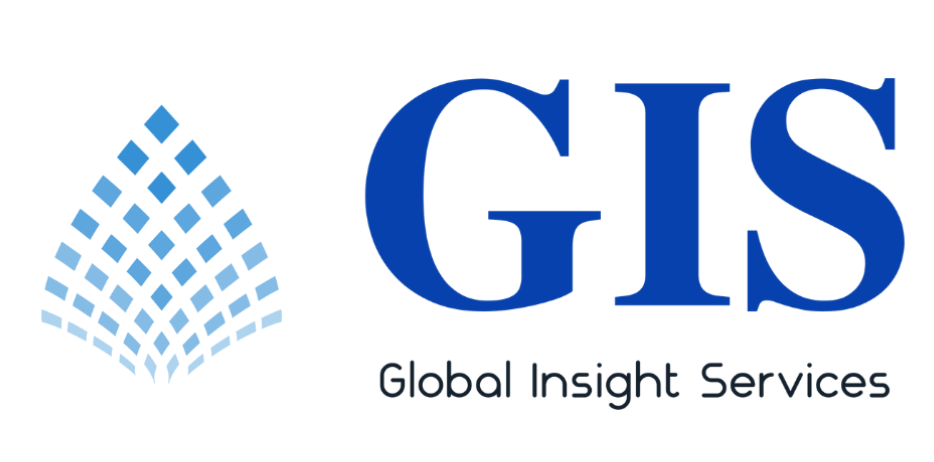The Cell culture market has emerged as a pivotal force in the field of biotechnology and pharmaceuticals, underpinning groundbreaking research and therapeutic developments. As we venture further into the 21st century, the cell culture market continues to evolve, driven by technological advancements, increasing demand for biopharmaceuticals, and a growing emphasis on personalized medicine. In this article, we will delve into the dynamic landscape of the cell culture market, highlighting key trends, challenges, and future prospects.
The Growth Trajectory
The cell culture market has witnessed remarkable growth in recent years, and this upward trajectory shows no signs of slowing down. The global cell culture market was valued at approximately $16 billion in 2021, and it is projected to reach over $31 billion by 2026, with a compound annual growth rate (CAGR) of around 14%. Several factors contribute to this robust expansion.
-
- Biopharmaceutical Advancements: The development of biopharmaceuticals, including monoclonal antibodies, vaccines, and cell therapies, has been a major driver of the cell culture market. These therapies rely heavily on cell culture techniques to produce high-quality, consistent products.
- Regenerative Medicine: The rise of regenerative medicine, encompassing stem cell research and tissue engineering, has fueled demand for advanced cell culture technologies. Researchers are exploring innovative ways to harness the potential of stem cells for therapeutic applications.
- Personalized Medicine: The concept of personalized medicine is gaining prominence, and cell culture plays a pivotal role in creating patient-specific treatments. Cultured cells are used to test drug responses and develop tailored therapies.
- Technological Advancements: Continuous innovations in cell culture technology have enhanced efficiency, reproducibility, and scalability. Automated systems, single-use bioreactors, and 3D cell culture techniques are reshaping the industry.
Key Market Segments
The cell culture market can be segmented based on various parameters:
-
- Product Type: This includes cell culture consumables (media, sera, reagents) and instruments (bioreactors, incubators, centrifuges).
- Cell Type: Cell culture can involve various cell types, such as mammalian cells, microbial cells, and insect cells, depending on the application.
- Application: Cell culture is utilized in drug development, cancer research, regenerative medicine, vaccine production, and more.
- End User: Pharmaceutical and biotechnology companies, research institutes, and academic organizations are the major end users.
Challenges and Future Prospects
Despite its promising growth, the cell culture market faces several challenges:
-
- Contamination Concerns: Maintaining a sterile environment is crucial in cell culture, and contamination can lead to significant setbacks. Ongoing efforts to improve containment systems are essential.
- Ethical and Regulatory Issues: The use of certain cell types, especially embryonic stem cells, raises ethical and regulatory concerns. Striking a balance between innovation and ethical considerations is an ongoing challenge.
- Costs and Scalability: Developing and scaling up cell culture processes can be expensive. Industry players are continually working on cost-effective solutions to make cell culture more accessible.
- Automation and Standardization: While automation enhances reproducibility, achieving standardization across diverse cell culture applications remains a challenge.
The future of the cell culture market is bright, with several exciting prospects:
-
- Advanced Therapies: Cell culture will continue to support the development of advanced therapies, including gene therapies, CAR-T cell therapies, and organoids.
- Precision Medicine: As our understanding of genetics and disease mechanisms deepens, cell culture will play a vital role in developing patient-specific treatments.
- Artificial Intelligence: Integration of AI and machine learning into cell culture processes will optimize cell line selection, media formulation, and process control.
- Sustainability: Efforts to reduce the environmental footprint of cell culture, such as using animal-free media and biodegradable materials, will gain momentum.
The cell culture market is a dynamic and integral component of modern biotechnology and pharmaceutical industries. With its pivotal role in drug development, regenerative medicine, and the pursuit of personalized therapies, the market is poised for continued growth and innovation. Overcoming challenges related to contamination, ethics, and scalability will be essential to harness the full potential of cell culture in the years ahead. As technology advances and our understanding of cell biology deepens, we can anticipate remarkable breakthroughs that will reshape medicine and biotechnology as we know it.
Download Free PDF Sample Report : https://www.globalinsightservices.com/request-sample/GIS20651

